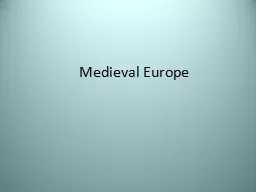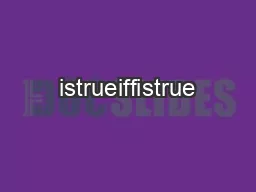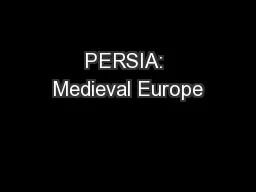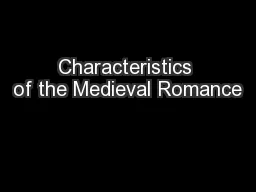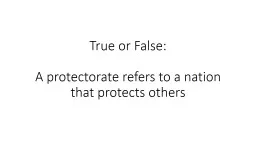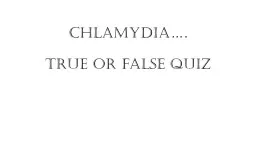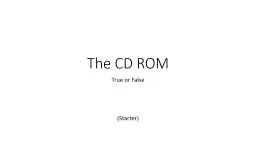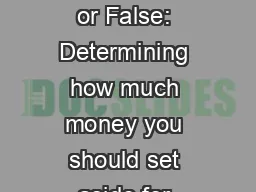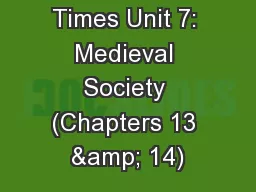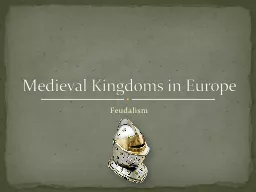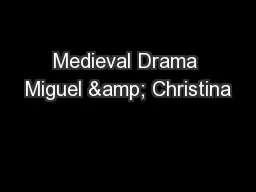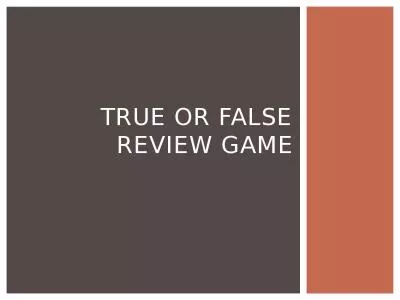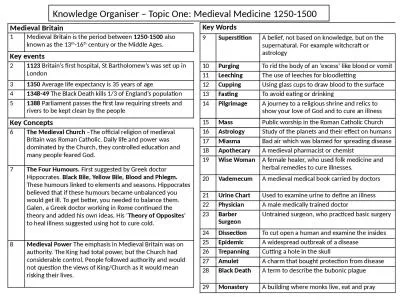PPT-Medieval Europe True or False?
Author : marina-yarberry | Published Date : 2018-12-16
Two inventions that improved farming in the Middle Ages were the horse collar and the horseshoe Answer True Serfs were not required to provide labor services for
Presentation Embed Code
Download Presentation
Download Presentation The PPT/PDF document "Medieval Europe True or False?" is the property of its rightful owner. Permission is granted to download and print the materials on this website for personal, non-commercial use only, and to display it on your personal computer provided you do not modify the materials and that you retain all copyright notices contained in the materials. By downloading content from our website, you accept the terms of this agreement.
Medieval Europe True or False?: Transcript
Download Rules Of Document
"Medieval Europe True or False?"The content belongs to its owner. You may download and print it for personal use, without modification, and keep all copyright notices. By downloading, you agree to these terms.
Related Documents

